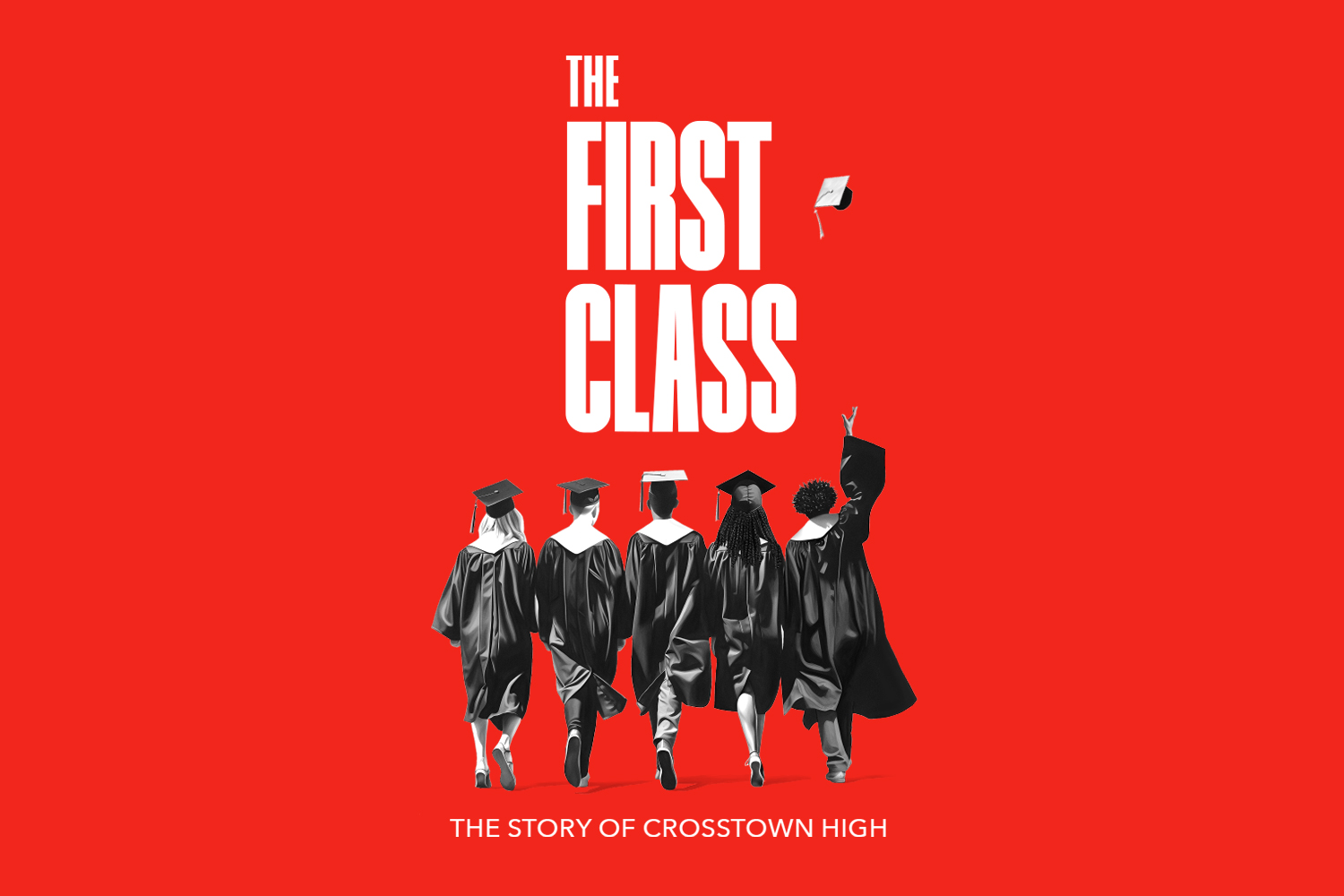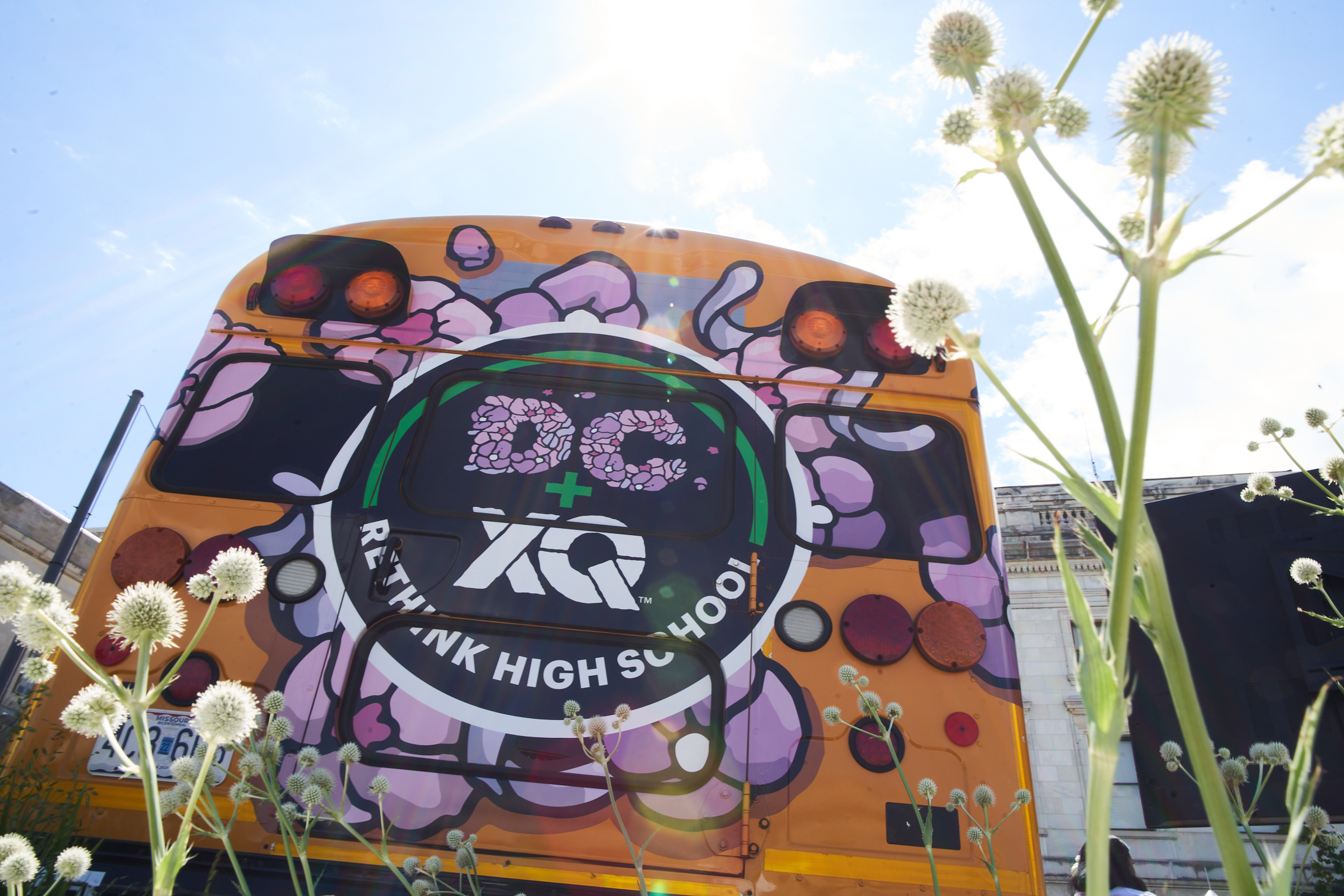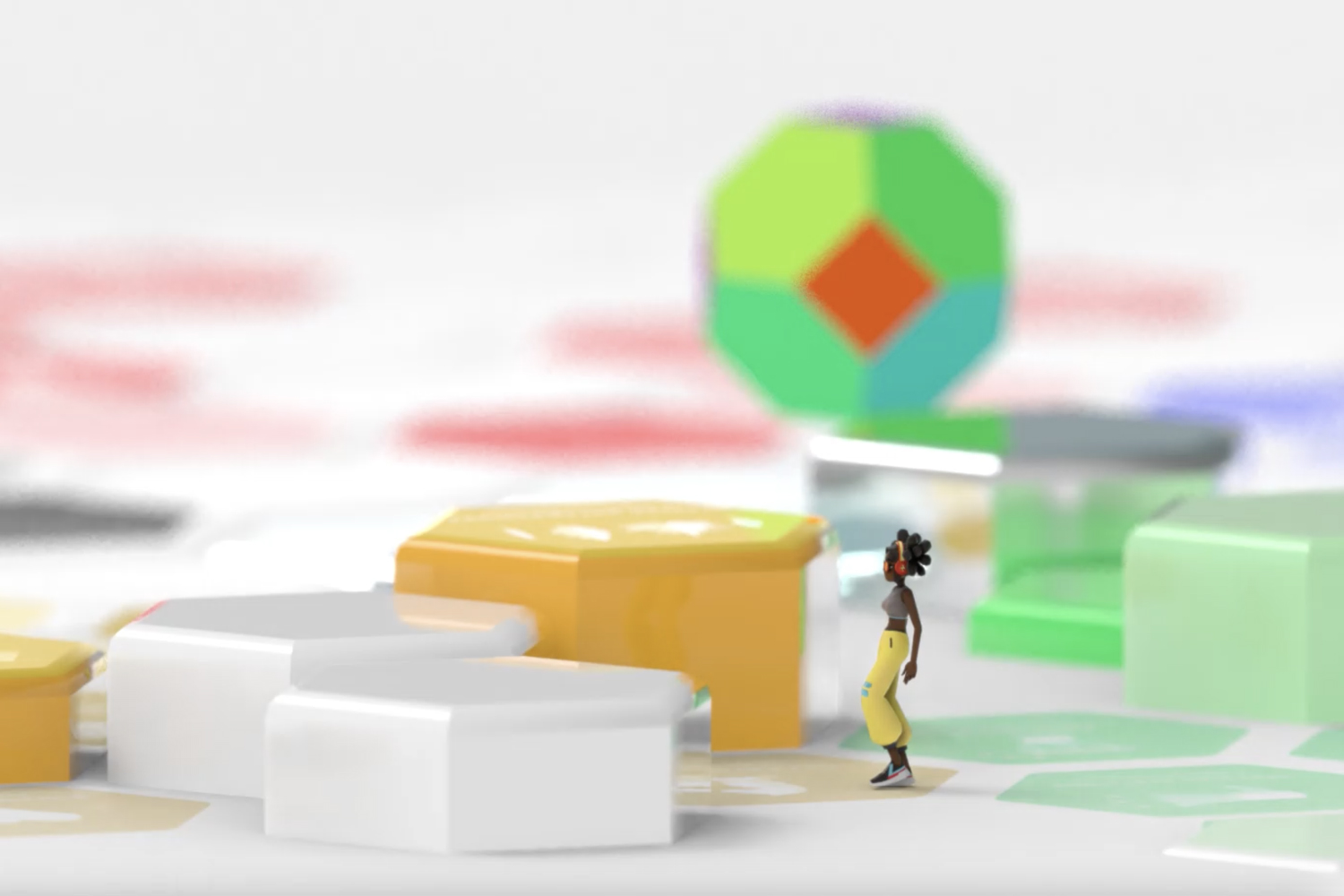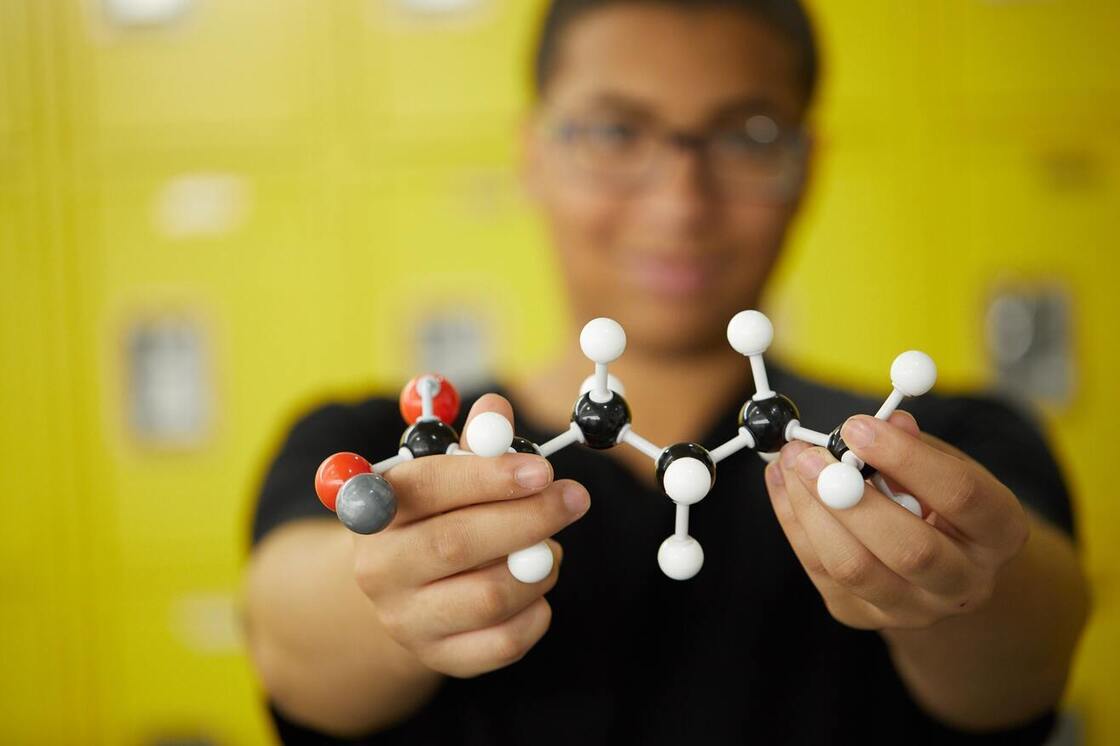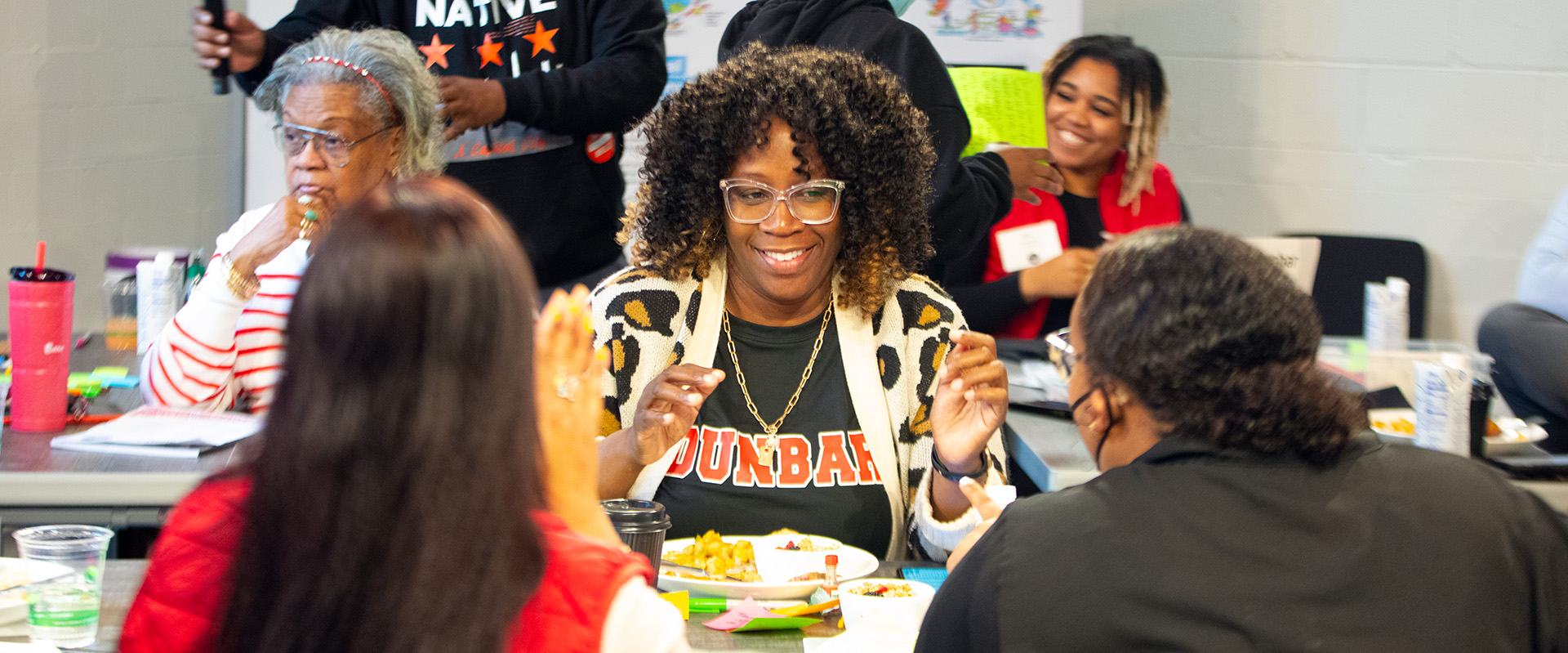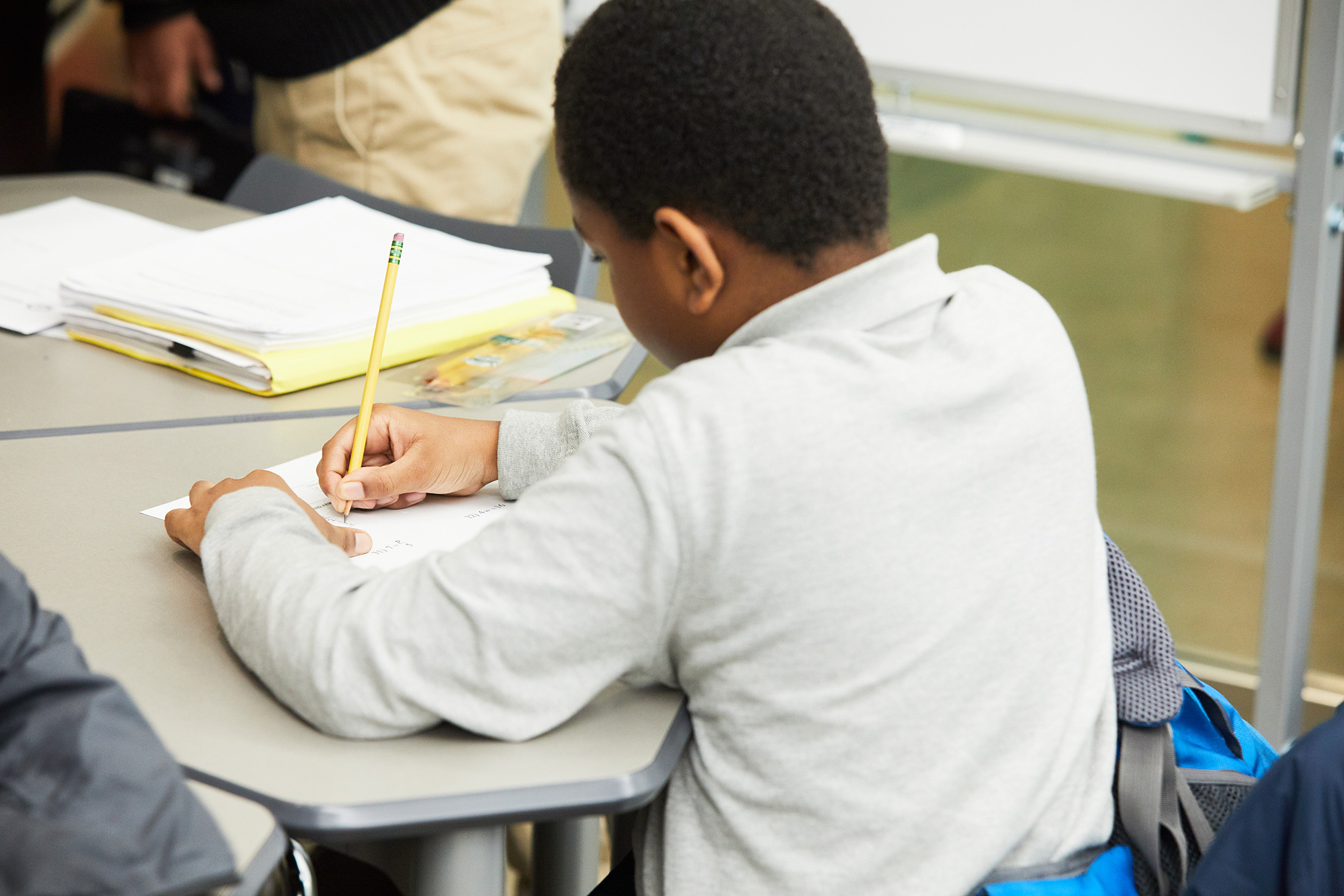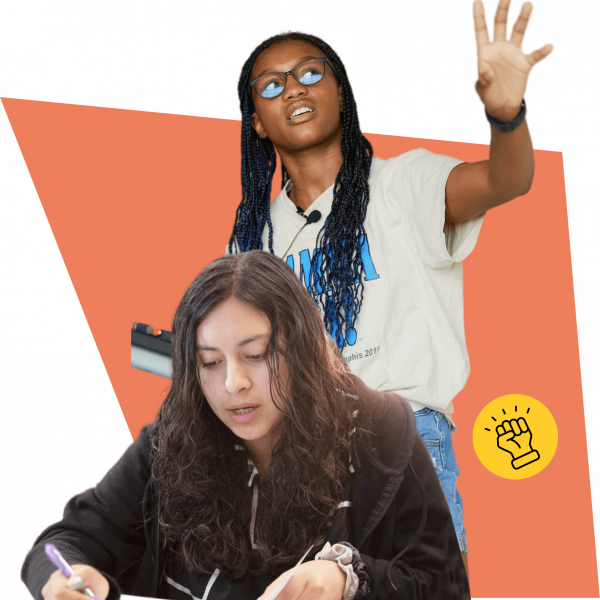How Schools Use SEL to Prepare Students for an Uncertain Future
As educators, our primary goal is to prepare students for their futures and all that these…
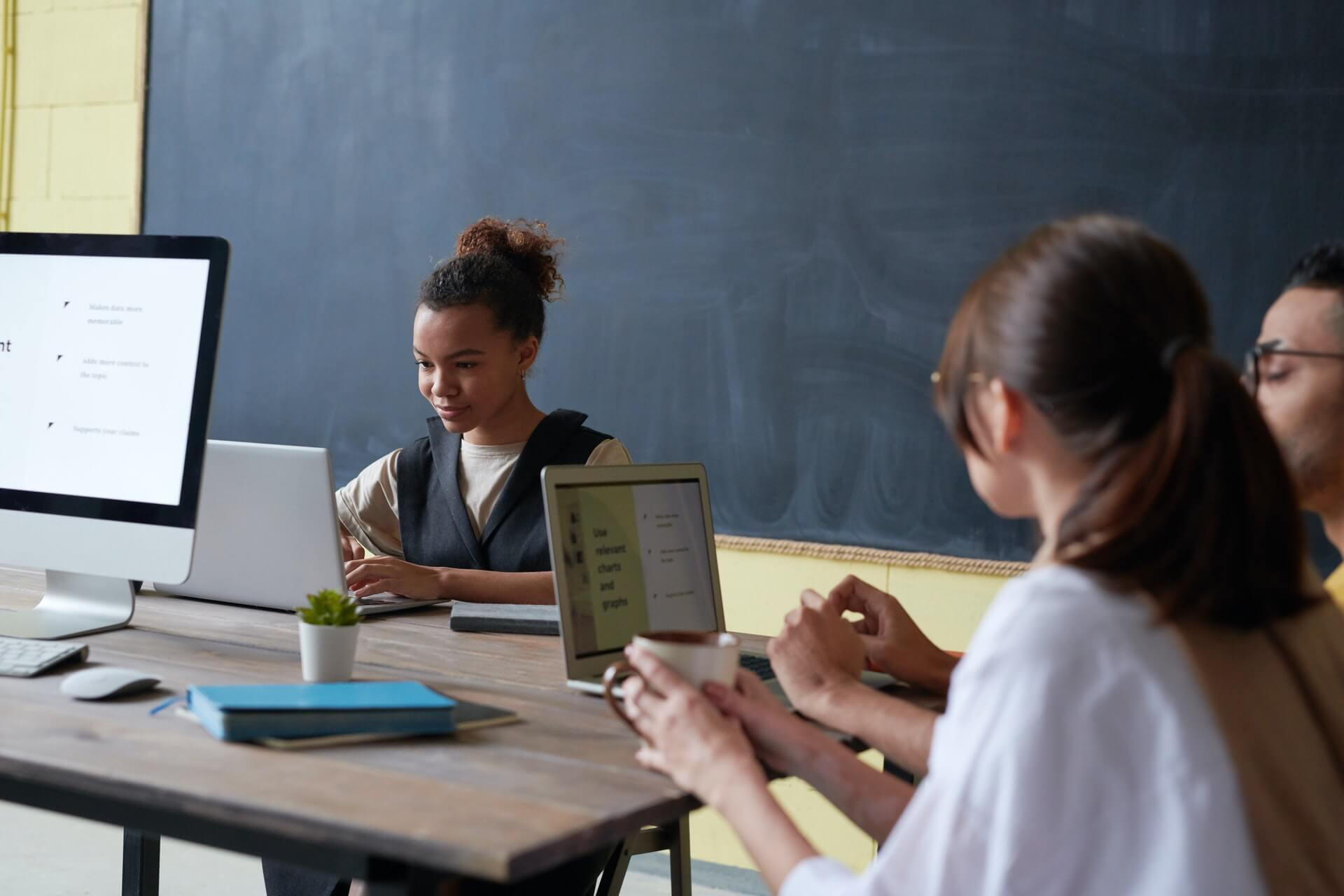
As educators, our primary goal is to prepare students for their futures and all that these entail. We want to know that students leave their years in school with the knowledge they need to succeed in academic, personal, and professional pursuits and also the solid foundations of belonging and purpose to set them up for healthy, meaningful lives. However, the World Economic Forum released an unsettling prediction that could complicate our efforts: 70 percent of the jobs students will seek after they graduate don’t exist yet.
[Check out XQ’s Learner Outcomes—a set of expanded ideas about what students should know and be able to do to succeed in the future, including generous collaboration for tough problems and original thinking for an uncertain world.]
We are now experiencing what is coined the Fourth Industrial Revolution. Brought on by increased interconnectivity and technological advances, it promises tremendous change to multiple aspects of life as we know it, from industrial processes to social patterns. New technologies are likely to dramatically alter existing jobs, render some human workers obsolete, and create new roles we can’t yet imagine.
This leaves educators wondering what we should be teaching to ensure our students are prepared for what lies ahead. We know that social-emotional learning (SEL) supports engagement, motivation, and academic performance in schools. We also know that it serves as a preventative mental health measure with benefits that extend well beyond the classroom. But with all that’s expected to change in the future, is it enough?
Despite technological advancement, research shows that tomorrow’s employers are not only looking for technical skills. Google’s Project Oxygen determined that only one of today’s top ten in-demand skills for great managers is technical. Additionally, a McKinsey Institute study of international businesses reports that roughly three-quarters of the skills needed in tomorrow’s economy are cognitive, interpersonal, and self-leading capabilities.
We can’t yet know all the ways the Fourth Industrial Revolution will change education, but we can confidently say that durable skills—like self-awareness, adaptability, and collaboration—will remain in demand no matter how technology develops. Not only that, guiding students to develop these skills will help them be equipped to face the challenges of tomorrow and live healthy, meaningful lives.
As part of our continued support of educators guiding learners to live meaningful and purposeful lives, Wayfinder has identified six core skills to help students thrive as they step into the fast-changing future. By integrating action-oriented SEL and purpose learning in their academic courses, advisory periods, and school programming, our school partners foster students’ social-emotional development and help them build skills that will remain in demand for years to come.
Here are six core skills we know to be essential for students’ personal growth and relevant to their professional futures. We even included some outstanding ways educators around the country ensure their students develop them:
Self-Awareness
Self-awareness encompasses knowledge of what nourishes and motivates us, the ability to articulate our strengths, identify our weaknesses, and develop effective ways to mitigate and manage stress. It extends far beyond simply “knowing ourselves”—it is the skill that helps us relate better to everyone around us, in every sphere of life. Self-awareness is an essential component of effective management and is even folded into the business school curricular frameworks to help students develop managerial skills, thus creating the leaders of tomorrow.
Maria Carrillo High School in Santa Rosa, CA has a unique approach to building self-awareness in students. The school holds a yearly professional interview process that gives students the opportunity to grow their self-awareness through career-oriented counseling. Students form a clearer vision for their futures by giving students space to articulate their strengths, talents, and growth areas. By collaborating with community foundations and organizations, MCHS connects upperclassmen with professionals in industries that align with their intended career paths. Students spend time talking with industry professionals about their purpose and ideas for future plans. Professional partners then offer their industry-specific advice and guide students on how to hone their communication skills in preparation for internships and job interviews. Throughout the process, students gain a fuller self-awareness through the reflection they put into preparing for the interviews and from the feedback they receive.
With heightened awareness of who they are, what they want, and how they impact the people and spaces around them, young people can better find satisfaction in their own lives while being more mindful of their place within the world. With the future labor market in for a great change and the environment in need of careful stewardship, self-awareness will support our students to stay in tune with their personal values and remain conscious of global interconnectedness.
Adaptability
Adaptability is the capacity to adjust our methods. Becoming a more skillful adapter increases our willingness to take risks, make mistakes, and ultimately try again. Adaptability also makes us more comfortable navigating uncertainty and more adept at reframing experiences we might otherwise characterize as failures.
Educators at the Windward School in Los Angeles, CA learned that adaptability is crucial for their students’ success during the January 2022 Omicron surge. Not only were students worried about transitioning back to distance learning, but they were also concerned about how updated public health guidelines might affect college admissions processes. Teachers wanted to make sure that students had the skills to manage challenges by reframing them as opportunities for growth and learning that they would not have experienced without struggle.
To keep students feeling safe, supported, and on-track through the Omicron surge, the school implemented lessons and activities across grade levels specifically about how to cope during challenging times. One of these activities, for example, provided students with tips for getting through difficult days, invited them to brainstorm their own, and encouraged them to share their ideas with their classmates to help generate more healthy coping strategies. Through the lessons and activities they completed, students practiced experimentation mindsets and creative problem-solving skills that will help them persevere through challenges they may encounter later in life.
From encountering setbacks and managing constructive feedback to learning how to access and utilize resources to support them to thrive in new environments, adaptability helps young people grow into self-empowered and solution-oriented individuals. Not only do these qualities support professional acumen, but they also serve to protect individuals from the disappointment and frustration of failure and internalizing criticism in all areas of life. With the ability to adapt, young people are more prepared to handle job or career changes and even shifts in their personal lives and relationships.
Collaboration
Collaboration affirms feelings of inclusion and belonging. The more connected we feel, the better teammates we are. Whether we’re logging on for meetings from different locations around the world or co-located in the same space, collaboration improves organizational performance and results in higher quality products, services, and workplace culture. More than that, effective collaboration makes it possible for us to address large-scale challenges that we couldn’t solve individually.
Collaboration is central to common high school experiences. For example, at Burbank High School, Athletic Director Alli Mckain supports coaches and school program directors to help student-athletes become better teammates and more communicative individuals during and outside of their extracurricular activities. She works with coaches, program directors, and school counselors so they can better teach SEL topics like taking ownership, de-escalating conflicts, and communicating intentionally in high-stress situations. Students complete movement-based Wayfinder activities and respond to prompts tailored to situations they encounter in their sports. Activities like “Movement Telephone” invite students to build community through lighthearted, high-energy games while also guiding them to reflect on how improved communication and collaboration makes for a team that can quickly and effectively make decisions in the moment. What’s more, these students are learning how to navigate the complexities of conflict, ambiguity, and communication in ways that they can directly apply to their lives off campus now and in the future.
We know that collaboration is necessary in all aspects of life and that compassionate and effective collaboration will only grow in importance. An increasingly globalized workforce means that tomorrow’s leaders and workers will need to be more adept than ever at communicating across differences. Outside the workplace, collaborative skills will support students to offer their own expertise and lean on that of others as they work to find solutions with a mind toward mutual benefit, generating positive outcomes for themselves and their communities.
Empathy
Empathy challenges us to look beyond ourselves and attune to the feelings and needs of others in our immediate world and beyond. In an increasingly globalized and distributed workforce, empathy is essential for navigating cross-cultural communication, differences, and organizational practices. Empathy improves outcomes in multigenerational workforces and has been shown to raise businesses’ environmental consciousness.
Empathy is not always taught in classrooms. However, there are ways and approaches to education that can help inform how students can use empathy to solve big problems. For instance, the Vacant Lot project run by FlexTech High School’s economics teacher Mr. Keith Jones invites students to tap into their economics knowledge and create financially viable plans to revive unused community spaces. Most importantly, however, students’ plans must revolve around a core local need. As part of their brainstorming, students are guided to empathize with the needs and interests of different groups within their community. Students complete the project having applied their understanding of economic concepts and having exercised empathetic decision making.
The ability to empathize is about more than just getting along and making others feel good, though that it is a part of it. Young people who learn to empathize can enjoy positive relationships in their futures, as they are able to be kind and supportive friends, family members, and partners. In the workplace, they can work well in teams and be attentive leaders who encourage and motivate their colleagues and employees.
Agency
By knowing the value of our voice and actions and exercising our agency, we are emboldened to speak up and be active members of our communities. We can contribute to causes that are important to us. Agency drives self-motivation and satisfaction, both at school and in the workplace. However, building agency for our students is not inherently ingrained in our education system.
Creating opportunities for student agency does not mean rebuilding our entire approach to education, it can be as simple as encouraging students to guide their own learning and run projects that align to their passions. A great example of this is FlexTech High’s annual Writers’ Night. The night and all the planning that leads to it are prime examples of student agency in action. Student organizers select a theme for the night and create advertisements to recruit student writers from all grades to share their own original work. Eleventh graders then host a curated night where students from across the school read their works to an audience of peers, families, and other members of the school community. Producing the event themselves affords students the opportunity to exercise agency and derive motivation from their specific interests in different aspects of the night’s production.
It’s projects like these that build student agency and show the positive impact that agency can have on students’ professional futures. Agency drives decision-making that is meaningful and motivating, making for a driven and productive working style. Encouraging students to engage with their passions in the short term encourages them to see agency and decision-making as a path to fulfilling lives. As with self-awareness and collaboration, agency enables young people to drive themselves toward their goals.
Purpose
When we understand our purpose, all of our decisions and interactions with the world are guided by a deep connection to our values. Purposeful people are affirmed by the understanding of who they are, why they’re here, and how they want to grow. A McKinsey Institute study found that 70 percent of people define their purpose through work. In the wake of COVID-19, more and more people are seeking purpose-driven professions and that number is expected to grow. The downstream effect? More engaged, motivated, and resilient employees who feel alignment with their work. Guiding young people to develop purpose can help them find career paths that bring them personal satisfaction and support continued growth in their chosen fields.
It can be hard to help students find their purpose in high school and even harder to provide them with the tools to find their purpose on their own. However, high school advisories are a great way to help students with purpose development. For example, Innovation Lead, Teacher, and Advisor Aran Levasseur at San Domenico School in San Anselmo, CA leads his students through a culminating Purpose Action Project, which guides students to ideate and plan an altruistic project at the intersection of students’ personal interests, their values, and the needs that they see in the world. These projects can help students see their purpose in relation to a larger cause or issue. This year, a student ran a social media campaign that centered gratitude which gave the student a new, more uplifting and motivating perspective. Having gotten caught up in the stress and anxiety of college applications and acceptance, this project helped the student support their community’s mental health and reinvigorated their last few months of highschool with a newfound sense of direction and self-efficacy.
Purpose is an action-driven motivator that can keep students moving toward their personal and professional goals and can handle the obstacles that may arise along the way. Given that feelings of purpose are strongly linked to altruism, it is also a trait that supports young people to be change makers—leaders the future needs to preserve and progress what the world has created. Whether they pursue large-scale change or personally significant contributions, young people empowered by purpose are poised to enjoy meaningful lives and help drive society forward.
Our classrooms are the ideal settings for deep exploration, discussion, and development of durable, future-ready skills like these. Developing competence in these six core skills will ensure today’s students grow into tomorrow’s resilient, inspired, and confident adults, prepared to step boldly into whatever the future holds.
Learn more about the rethinking high schools so all students graduate ready to take full advantage of all the future has to offer:
Learn more about the importance of supporting student mental health and well-being with these Rethink Together articles:
- How Schools Can Meet the Moment With Programs to Teach the Whole Child
- Social Emotional Learning & Why It Matters in the Wake of COVID-19

